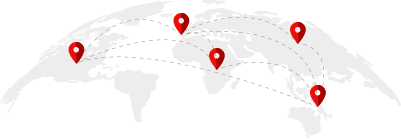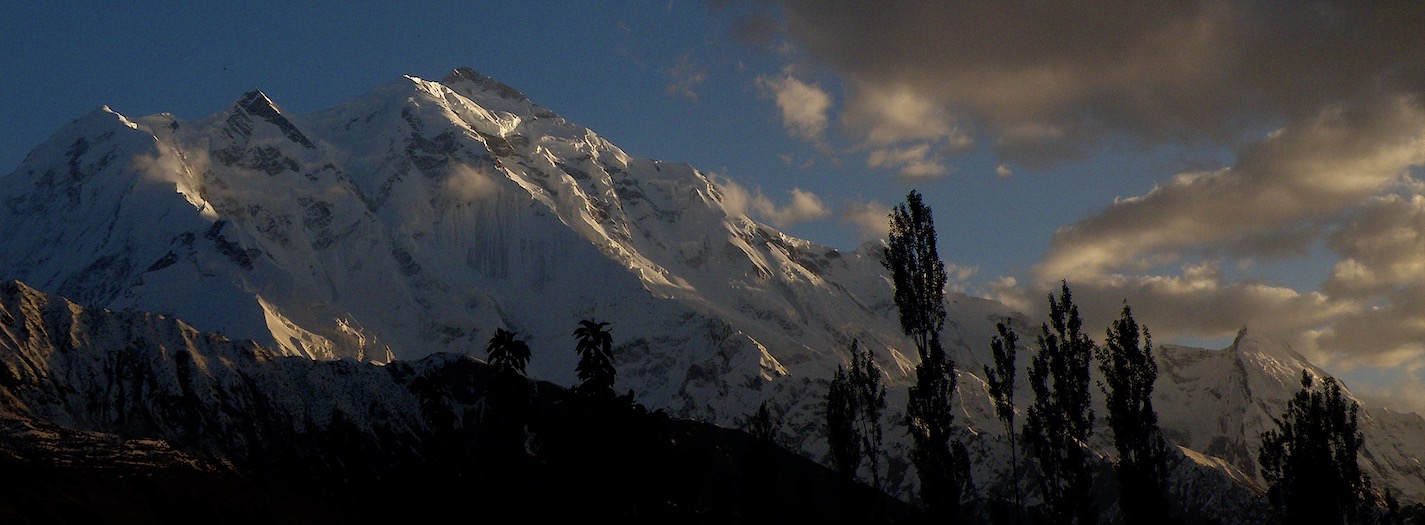
Petroleum Systems of Fold and Thrust Belts
Course Details
We have experience in forty-two different subsurface hydrocarbon reservoirs on the Norwegian Continental Shelf. This is one of many tailor-made, reservoir-specific field trips we lead.
This 5-day field course is designed with a mixed audience of managers, engineers, geologists, and geophysicists in mind. The purpose of this course is to provide participants with the best analog for the Jurassic Brent delta as possible. In addition to the Tarbert, Ness, Etive, and Rannoch, we will also be looking at analogs for the Oseberg Formation. Our aim is for you to be able to tie well-log data and seismic data with these world-class outcrops.
The field-trip can also be ‘personalized’ if you have a specific area of interest in mind and can provide us with seismic lines, log, core, and production data in advance. These data will only be used to teach your team and will be discarded afterward.
Unlike most field-trips taken by Norwegians into the Book Cliffs of Utah, this entire field trip runs in the San Juan Basin of New Mexico and Colorado and the sandstones you will see are producing reservoirs in the sub-surface.
Who Should Attend
• Geologists • Geophysicists
• Petrophysicists
• Engineers
This course is meant for all who are working on the exploration and development of the Jurassic of the Brent Group in the North Sea. If you are involved in the APA and License Round Applications on the Norwegian Continental Shelf, you will find this trip most useful before the writing process.
Need more information?
Course Outline
Day 1
You will be arriving the day before the course starts at Gilgit Airport, and we will check you in to your hotel in Minapin, New Mexico. The next morning we will begin with a safety briefing, orientation to the field area, and an introduction to collisional tectonics and fold and thrust belts.
Add the agenda for the day, what will they see? what will they learn that they can apply to hydrocarbon entrapment?
At the end of the day we will be visiting the “Eagle’s Nest” view-point in Duiker for sunset view of the Central Karakoram.
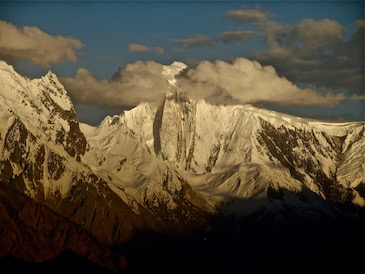
Day 2
Morning lectures will focus on facies partitioning and the likelihood of deposition and preservation of common marginal marine depositional environments during different sea-level stands.
In the field we will head to Mesa Verde National Park which is the perfect place to see “shoreface/tidal couples,” on seismic-scale and up-close. We will also look at high-sinuosity single-thread coastal plain channels that provide fantastic analogs for the Ness and Sleipner Formations.
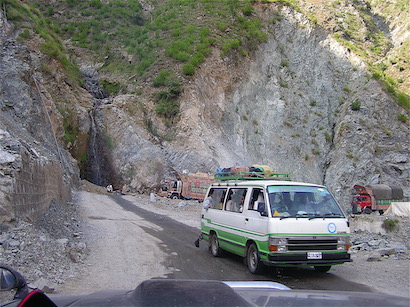
Day 3
The morning lectures will focus on net-transgressive shorelines and the types of parasequences that develop during transgression.
After lectures we will head over to Chaco Canyon National Historic park to look at stacked transgressive shorefaces, tidal channels and back-barrier lagoons as analogs of the Tarbert.
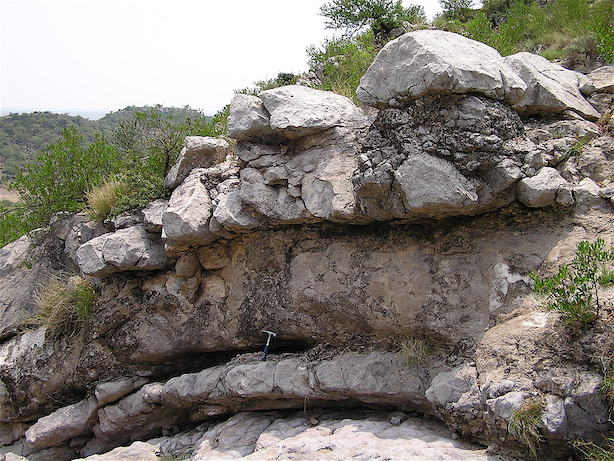
Day 4
Morning lectures will cover paralic depositional environments that are more likely to occur in regressive settings with an emphasis on shorefaces.
In the field you will get to see wave-dominated classic shoreface parasequences and then compare them with delta front deposits. Participants will get to look at core from the Rannoch, Etive and Oseberg Formations and decide for themselves whether a shoreface or storm-dominated delta front is a more likely interpretation. The Gallup Sandstone represents an asymmetric delta and we will visit both up-drift wave-dominated sand-rich and down-drift river-dominated sand-poor portions.
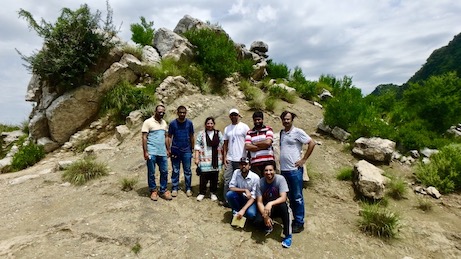
Day 5
There are no lectures on the final day of the this course. You will be checking-out of your hotel in Farmington, New Mexico and we will drive into Colorado and look at a classic terminal distributary mouth-bar.
After a farewell lunch we will drop you off at Durango Airport for an evening departure.
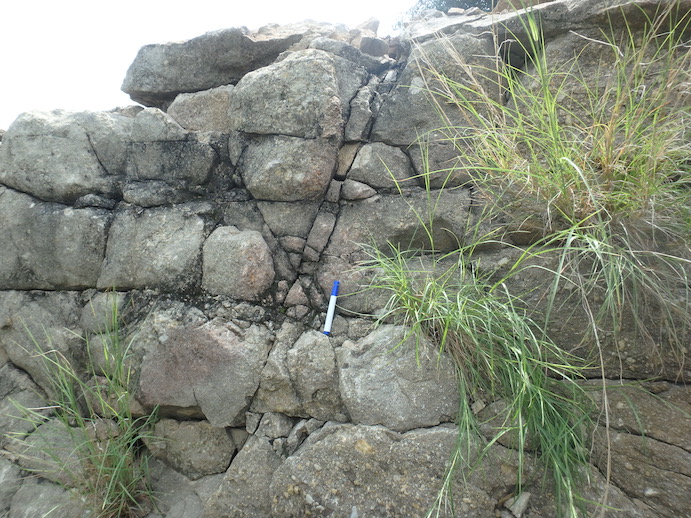
This field trip is available upon request. The field trip is $6000/person and this cost includes all hotels, meals, transportation, national park passes, permits to work on Native American land, field guide, exercise materials, and tuition. Group discounts are available if your company decides to send 3 or more participants.
Visas for the US typically take 1-2 months to process therefore we recommend contacting us as soon as possible so we can send you a letter of invitation that you can take to your local US consulate.


